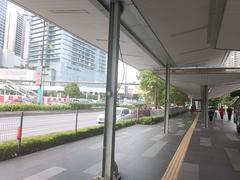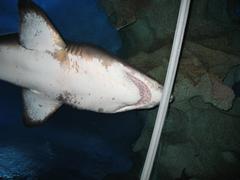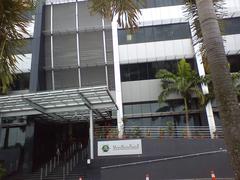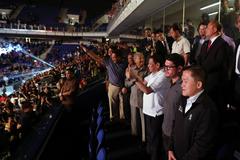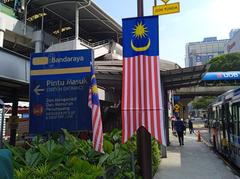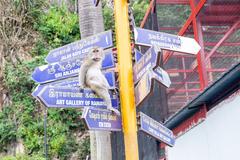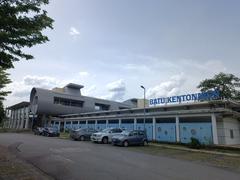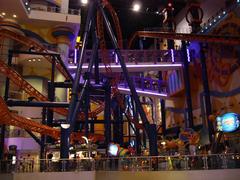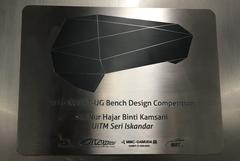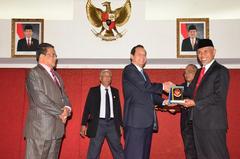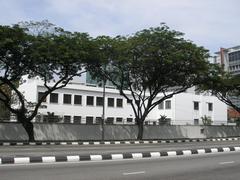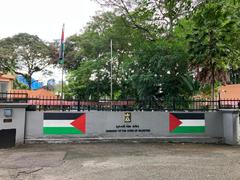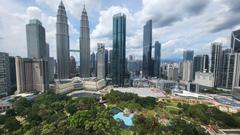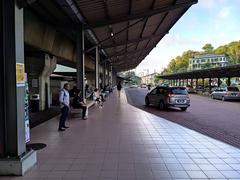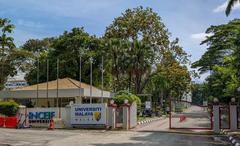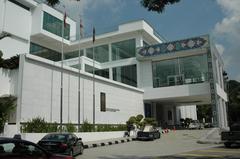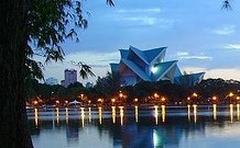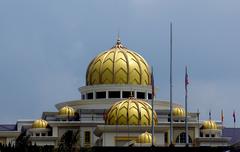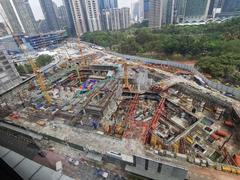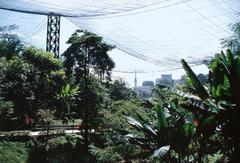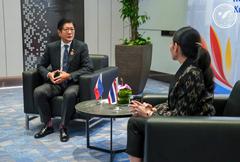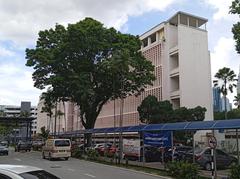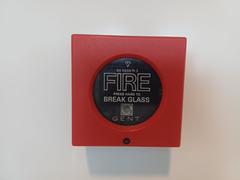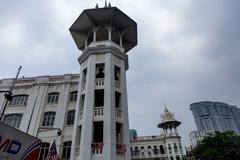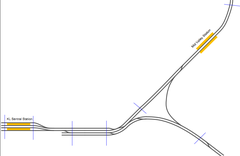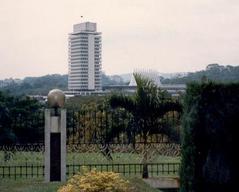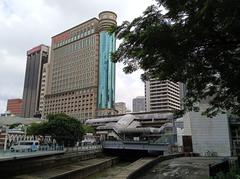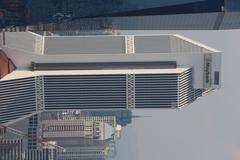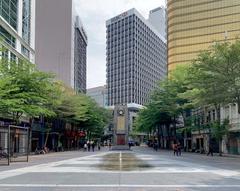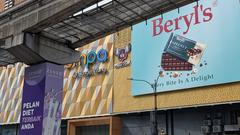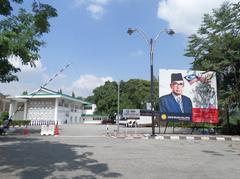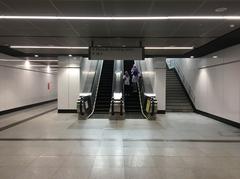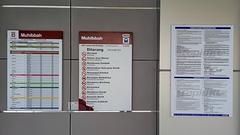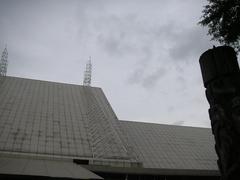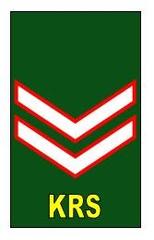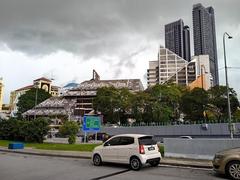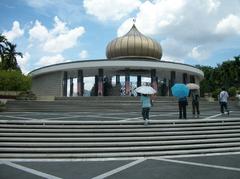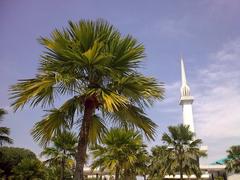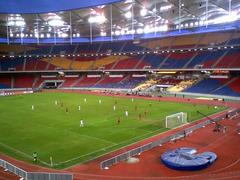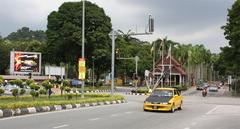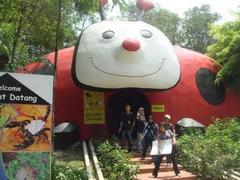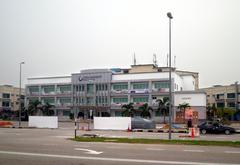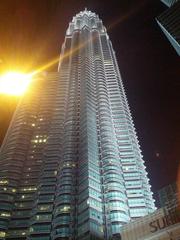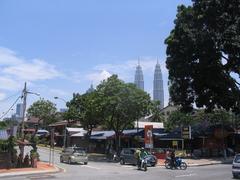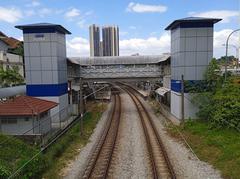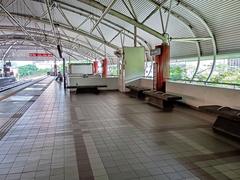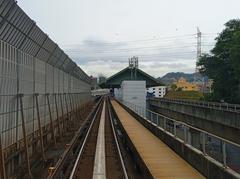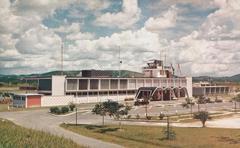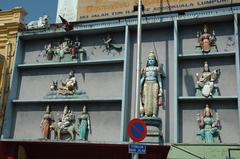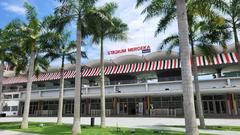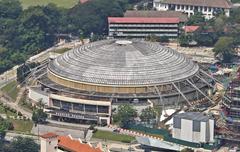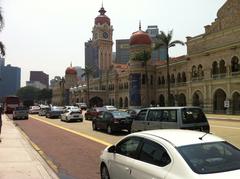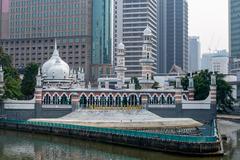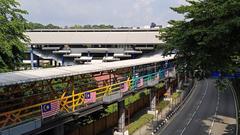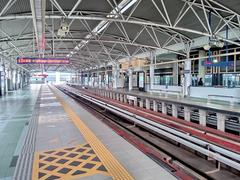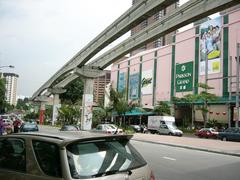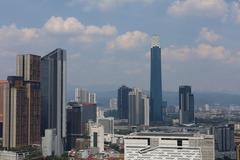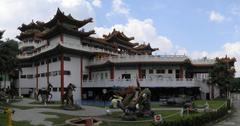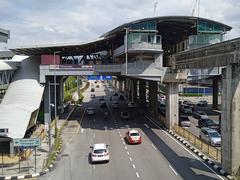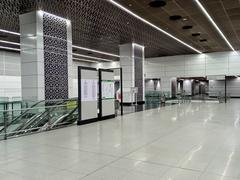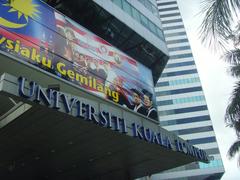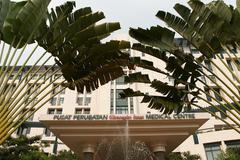Tunku Abdul Rahman Putra Memorial Visiting Hours, Tickets, and Kuala Lumpur Historical Sites Guide
Date: 14/06/2025
Introduction
Nestled in the heart of Kuala Lumpur, the Tunku Abdul Rahman Putra Memorial is a landmark that commemorates Malaysia’s historic journey to independence and the enduring legacy of its first Prime Minister, Tunku Abdul Rahman Putra Al-Haj. Revered as the “Father of Independence” (Bapa Kemerdekaan), Tunku Abdul Rahman played a pivotal role in uniting Malaysia’s diverse communities and leading the nation to peaceful sovereignty on August 31, 1957. The memorial, located on Jalan Dato’ Onn within his former official residence and office, offers visitors a wealth of historical artifacts, colonial architecture, and educational exhibitions that celebrate Malaysia’s multicultural identity and nation-building ideals.
Established as a national institution in 1994, the memorial preserves key elements of Malaysia’s formative years, including personal belongings, original documents such as the Proclamation of Independence script, and iconic exhibits like the 1959 Cadillac Fleetwood. The site features curated galleries within the historic Residency bungalow and modern annexes, surrounded by landscaped gardens that provide a tranquil setting for reflection.
Visitors can explore thematic exhibitions, archival materials, and interactive multimedia displays chronicling Tunku Abdul Rahman’s life—from his Cambridge education to his role as a statesman fostering national unity. The memorial also serves as a platform for civic education, hosting workshops, commemorative events, and guided tours that promote values of inclusivity, tolerance, and national service.
Conveniently accessible by Kuala Lumpur’s public transport and close to landmarks such as Merdeka Square and the National Mosque, the memorial welcomes both local and international visitors. With free or nominal admission, wheelchair accessibility, and visitor-friendly amenities, it is an essential stop for history enthusiasts, students, and travelers seeking to deepen their understanding of Malaysia’s heritage (Malaysia Vacation Guide, Weekly Echo, Everything Kuala Lumpur).
Table of Contents
- Introduction
- Historical Background and Significance
- Memorial Layout and Key Attractions
- Visitor Experience and Practical Tips
- Preservation of National Heritage and Identity
- Interpretive Strategies and Visitor Engagement
- FAQ Section
- Conclusion
Historical Background and Significance
Origins and Establishment of the Memorial
Located on Jalan Dato’ Onn, the memorial occupies the former official residence and office of Tunku Abdul Rahman, which he used from 1956 to 1970 during his tenure as Chief Minister and then Prime Minister (Malaysia Vacation Guide). In 1994, the site was officially designated as a memorial, preserving Tunku’s legacy and celebrating Malaysia’s 30th year of independence in 2024 (Weekly Echo).
Tunku Abdul Rahman: Architect of Malaysian Independence
Born in Alor Setar, Kedah, in 1903, Tunku Abdul Rahman was educated at St Catherine’s College, Cambridge, and called to the bar in London in 1949 (MyPluralist). As leader of UMNO from 1951, he brought together Malay, Chinese, and Indian communities under the Alliance Party, paving the way for Malaysia’s peaceful independence on August 31, 1957. The Proclamation of Independence he read is now a treasured exhibit at the memorial.
The Memorial’s Role in Preserving National Memory
The memorial is organized into distinct blocks:
- Block A: Permanent exhibition with Tunku’s biography, personal artifacts, photographs, and newspaper archives.
- Block B: Library with books, publications, and archival materials related to Tunku and Malaysia’s independence (Malaysia Vacation Guide).
Notable exhibits include the 1959 Cadillac Fleetwood official car, the original Proclamation of Independence script, personal letters, and memorabilia from Tunku’s years in office.
Symbolism and National Significance
The memorial is more than a museum; it symbolizes Malaysia’s peaceful path to nationhood and Tunku’s values of unity and compassion. Tunku Abdul Rahman’s leadership fostered racial harmony and a non-violent transition to independence (Weekly Echo). He also championed education, sports, and social welfare, founding PERKIM and serving as the first Secretary-General of the OIC.
Memorial Layout and Key Attractions
Memorial Grounds and Architectural Overview
The central feature is the historic Residency bungalow, built in 1888 as the residence for British Residents in Selangor and later Tunku Abdul Rahman’s official residence (The Independent Insight). The site includes:
- Residency (Main Building): Colonial-era bungalow restored with original furnishings.
- Block A: Modern annex with thematic exhibitions.
- Block B: Contemporary structure for special exhibitions and an auditorium (Malaysia Traveller).
- Gardens: Landscaped lawns and mature trees provide a serene setting (Evendo).
The Residency: Interior Layout and Highlights
- Main Reception and Guest Rooms: Antique furnishings and period décor.
- Cairo Room: Memorabilia from international dignitaries.
- Dining Room: Original crockery and furnishings.
- Family Quarters: Personal artifacts and photographs.
- Cabinet Meeting Room: Original table from Malaysia’s first Cabinet meeting (The Independent Insight).
Block A: Exhibition Galleries and Archival Displays
Features a chronological journey through Tunku’s life, including:
- Early life and education
- Legal and administrative career
- Independence negotiations
- Personal memorabilia
- Gifts and honors from world leaders
A permanent photo gallery complements these exhibits.
Block B: Special Exhibitions and Auditorium
Block B hosts rotating exhibitions, an auditorium for lectures and screenings, and archival storage (The Independent Insight).
Outdoor Features and Notable Artifacts
- Gardens and Grounds: Shaded walkways and manicured lawns (Evendo).
- 1959 Cadillac Fleetwood: Iconic car on display.
- Installations: Commemorative plaques and interpretive panels.
Visitor Experience and Practical Tips
Getting There and Location Details
Location: Jalan Dato’ Onn, 50480 Kuala Lumpur, Malaysia.
Public Transport: 10–15-minute walk from Bank Negara KTM Komuter or Bandaraya LRT station. Taxis and ride-hailing (Grab) are readily available (Evendo).
Parking: Limited on-site parking; public transport is recommended.
Visiting Hours and Tickets
- Tuesday–Sunday: 9:00 AM – 5:00 PM
- Closed: Mondays and public holidays
- Admission: Free for all visitors (mybarter.com.my, apabuka.com)
Facilities and Amenities
- Air-conditioned galleries
- Wheelchair access (ramps, elevators)
- Restrooms
- Gift/souvenir shop
- Guided tours (Malay and English; advance booking for large groups recommended)
What to Expect: The Visitor Experience
- Historical Exhibits: Explore personal belongings, official documents, and multimedia displays (tempatcuti.my).
- Photographic Spots: The Residency exterior, gardens, and Cadillac are popular for photos.
- Events: Check the official Facebook page for upcoming events and workshops.
Practical Tips for Visitors
- Best Times: Weekday mornings for fewer crowds.
- Duration: Plan for 1.5–2 hours.
- Dress Code: Modest, comfortable attire recommended.
- Language: Exhibits in Malay and English.
- Food & Drink: No vendors on-site; many options nearby.
- Safety: Supervise children and avoid touching artifacts.
Nearby Attractions and Special Events
- Nearby: Dataran Merdeka, Sultan Abdul Samad Building, National Mosque, Bank Negara Malaysia Museum.
- Special Events: Annual Independence Day events, workshops, and commemorative ceremonies (Weekly Echo).
Preservation of National Heritage and Identity
The memorial is a vital institution preserving Malaysia’s national heritage. Its exhibits—including personal artifacts, official documents, and multimedia presentations—reinforce the narrative of the nation’s struggle for independence and the values that shaped its early leadership. Educational programs, workshops, and interactive tours foster a strong sense of national identity and community engagement (Everything Kuala Lumpur).
Interpretive Strategies and Visitor Engagement
The memorial uses immersive interpretive strategies such as:
- Authentic Setting: Original rooms preserved for historical accuracy.
- Multimedia: Video documentaries, interactive kiosks, and digital timelines.
- Thematic Exhibitions: Rotating displays keep content fresh and encourage repeat visits.
Frequently Asked Questions (FAQ)
Q: What are the visiting hours?
A: Tuesday to Sunday, 9:00 AM to 5:00 PM. Closed on Mondays and public holidays.
Q: Is there an entrance fee?
A: Admission is free for all visitors.
Q: Are guided tours available?
A: Yes, in Malay and English; advance booking required for large groups.
Q: Is the memorial wheelchair accessible?
A: Yes, ramps and elevators are provided.
Q: Can I take photographs inside?
A: Yes, except where indicated; flash may be restricted.
Q: What’s the best way to get there by public transport?
A: Short walk from Bank Negara KTM Komuter or Bandaraya LRT station.
Q: Are there nearby attractions?
A: Yes—Dataran Merdeka, Sultan Abdul Samad Building, National Mosque, and more.
Conclusion
The Tunku Abdul Rahman Putra Memorial stands as a poignant tribute to Malaysia’s founding father and a vibrant center for civic education and cultural engagement. With its comprehensive exhibits, accessible facilities, and central location, it is a must-visit for anyone interested in Malaysia’s history, heritage, and continued journey toward unity.
For the latest updates, check the official Facebook page or call +60 3-2694 7277. Enhance your visit with the Audiala app for guided tours and event notifications.
Images:
- Exterior of the Tunku Abdul Rahman Putra Memorial, showcasing colonial architecture (alt: “Tunku Abdul Rahman Putra Memorial building exterior”)
- Display of personal artifacts, including clothing and golf clubs (alt: “Personal artifacts of Tunku Abdul Rahman”)
- The 1959 Cadillac Fleetwood displayed at the memorial (alt: “1959 Cadillac Fleetwood at Tunku Abdul Rahman Putra Memorial”)
Interactive Map and Virtual Tour:
Consider embedding an interactive map or virtual tour link for remote visitors.
References
- Malaysia Vacation Guide
- Weekly Echo
- MyPluralist
- The Independent Insight
- Malaysia Traveller
- Evendo
- Emily2U
- ApaBuka.com
- TempatCuti.my
- Everything Kuala Lumpur

